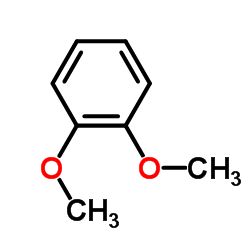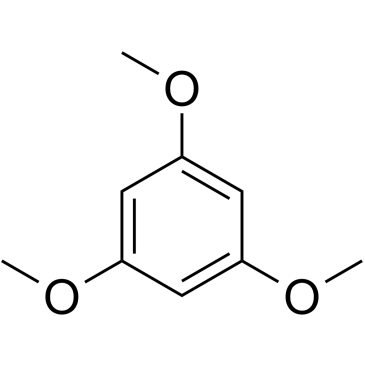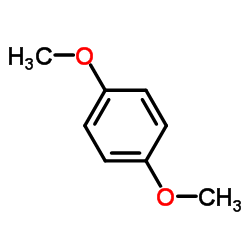| Structure | Name/CAS No. | Articles |
|---|---|---|
 |
1,2-Dimethoxybenzene
CAS:91-16-7 |
|
 |
1,3,5-Trimethoxybenzene
CAS:621-23-8 |
|
 |
1,4-Dimethoxybenzene
CAS:150-78-7 |